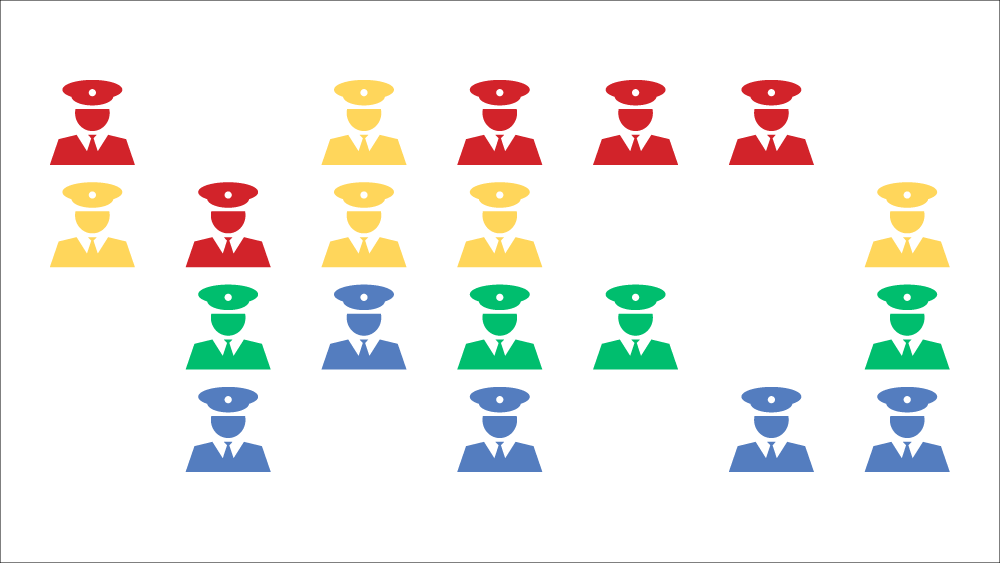
How to Avoid a Pilot Shortage – Use Training to Reduce Time to Proficiency
CNN recently reported that, over the next two decades, a significant airline pilot shortage could change the way the world travels.
According to a new report from Boeing, airlines need to hire 637,000 pilots to keep up with demand by 2037. Considering that 42 percent of current pilots will reach retirement age in the next 10 years and the Federal Aviation Administration (FAA) has upped the training demands for first officers from 250 hours to 1,500 hours, finding and training new pilots is proving to be a significant challenge for the industry.
Without enough pilots, the amount airlines can fly will be capped. And an acute shortage may wreak havoc on air travel, grounding planes and reducing air service to some cities…
Perhaps this is one reason that the notion of “pilotless planes” is all over the news lately, with Boeing recently revealing that it is testing pilotless aircraft. It will probably be a while before we’re all flying on autonomous planes (if ever). In the meantime, some carriers are changing their training programs to address the pilot shortage challenge head on.
Instead of face-to-face classes, long seminars and perfunctory training guides, the most progressive airliners are adopting adaptive, personalized training solutions. These solutions leverage A.I., cognitive science and gaming principles to reduce time to proficiency and improve the efficacy of their training.
Training in Action
In one such implementation, a regional airline leveraged our personalized learning platform to fulfill the FAA training mandate more effectively. Our initial project was a distance-learning course for Basic Indoctrination and aircraft systems training. This course currently amounts to approximately 122 hours of seat time and is FAA-mandated for ALL pilots. Working together, we turned Basic Indoctrination into an effective, personalized program backed by powerful data.
By leveraging our unique blend of competency-based learning, adaptive algorithms and multimodal content choice, each learner achieved a complete, in-depth understanding of all course concepts. Learners demonstrated:
- 38 percent knowledge improvement
- 100 percent pass rate on high-stakes written and oral exams mandated by FAA
- 81 percent positive feedback
Business Impacts
Not only did this airline experience knowledge gains, the training also impacted its bottom line. For example, it was able to:
- Mitigate Risk Through Learner Data– Through the software’s performance dashboards, instructors pinpointed leaners who were struggling or unlikely to apply the learning once in the cockpit. As a result, they were better equipped to intervene with targeted solutions.
- Reduce Time to Proficiency – The program reduced the average completion time for the course by 30 percent. This allowed our client to shrink the window of Initial Pilot Training and get pilots on the line more quickly.
- Save Money – This client experienced initial cost savings of $259,000, and recurrent cost savings of $364,385
“Personalized, adaptive training brings us the peace of mind that our pilots have truly achieved mastery at every step of their training. It also gives us the analytics we need to be more effective and efficient in our training approach.”
– Dan McCoy, Chief Learning Officer for Allegiant Airlines
Courses like this one serve as a potential solution to some of the staffing challenges facing the airline industry. Online learning programs that demonstrate performance and task analysis, validate mastery and reduce time to proficiency, not only win approval from the FAA, but also supersede some of the traditional restraints to a piloting career, such as time, money and motivation. As a result, they can be incredibly effective at closing the pilot shortage gap
